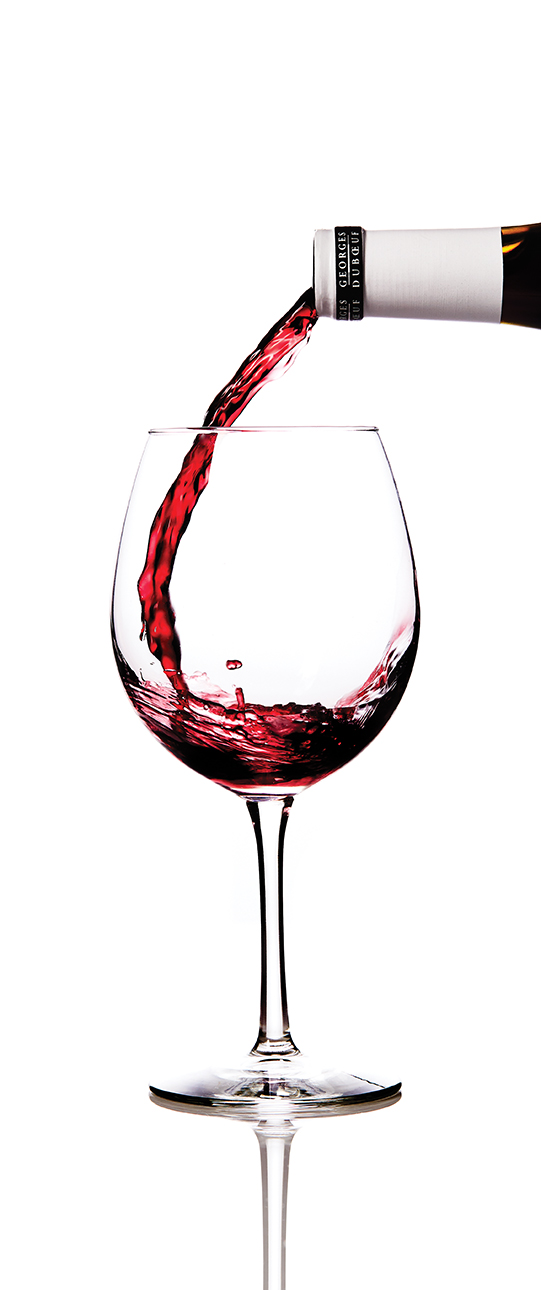
Photograph by Aaron M. Conway
There is a lot more going on in Beaujolais than nouveau. Burgundy producers spend lifetimes pursuing site-specific characteristics from the region’s hundreds of crus (vineyards of identifiably superior quality), while also trying to make delicious wine. One might expect the same from Beaujolais, especially since it has its own grape variety (Gamay) and 10 crus of its own. Well, it took a while, but by the time the great 2009 vintage arrived, so had Beaujolais. Only not enough of us noticed. Enter 2015, a vintage so superb that almost any European alley cat could have made good wine. The Beaujolais are extraordinary—radiant, fruity wines to buy copiously and drink all spring, summer, and fall. The crus are often serious, age-worthy wines, but Beaujolais and Beaujolais-Villages make the ideal intro. While the juicy, inexpensive wines in these categories are legion, the Pierre Chermette Beaujolais ($16) has a unique character, bursting with red fruit and toffee tones that linger throughout its bracing, sunny finish. All of the wines from Georges DuBœuf, the pillar of Beaujolais, are good, especially those from the crus. I particularly enjoyed the moody, dark sensibility of the Moulin-à-Vent ($18), which has a nice stripe of tannin to give it substance. Another cru from one of the best-known small producers, Château Thivin Côte de Brouilly ($25), is delightfully aromatic, with a firm structure and fresh, concentrated purity of fruit. (Give this one some air, or a few years in your cellar.) Most grapes in Beaujolais are fermented in clusters, but the Claire et Fabien Chasselay Morgon ($27) is made from destemmed fruit, which accentuates its concentration of dark tones in a way that seems magically revitalizing.





Facebook Comments